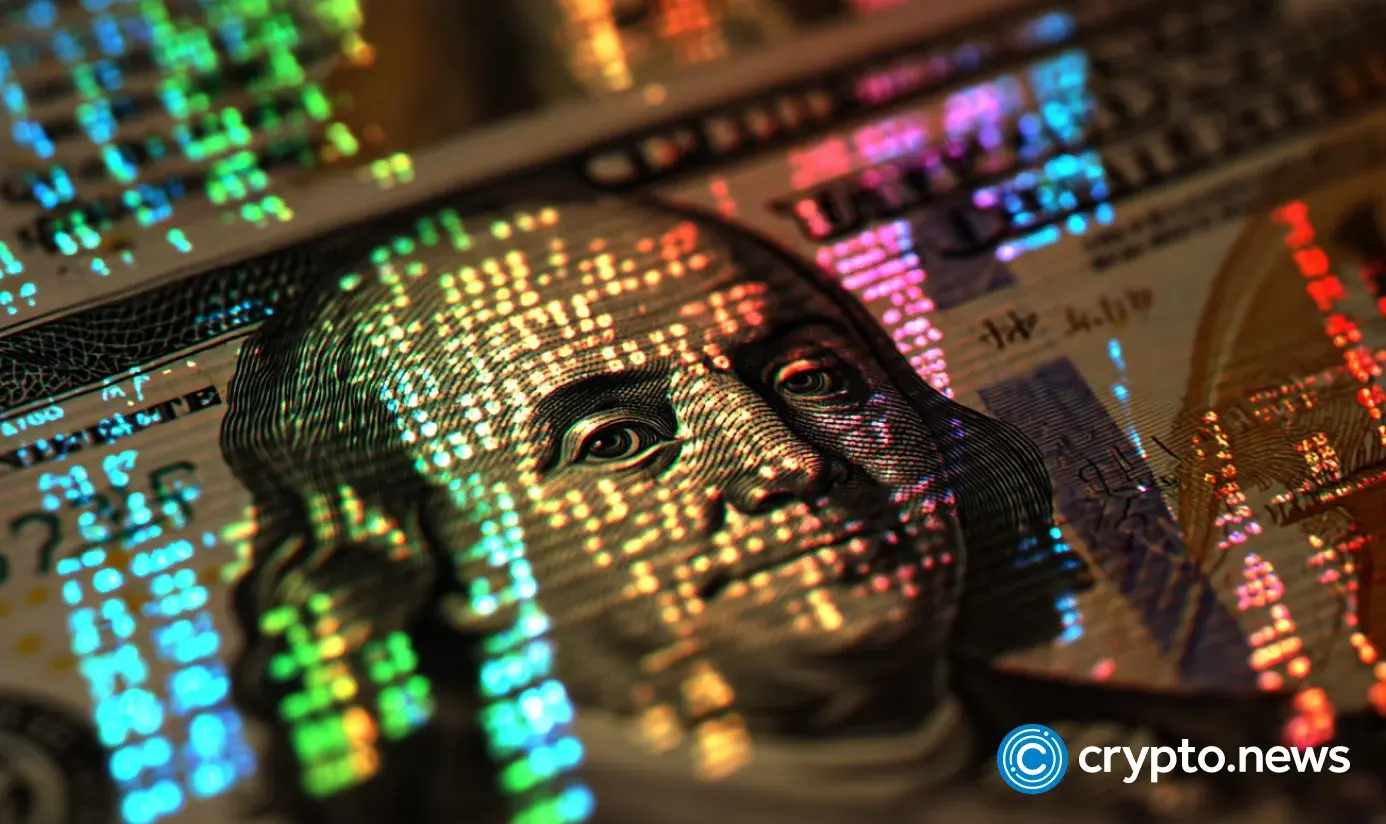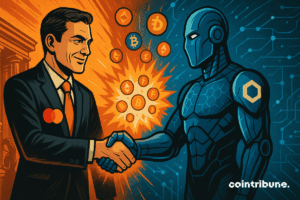DeFi Buybacks: The Ultimate Proof of Resilience in Decentralized Finance

The Role of Token Buybacks in Enhancing Value in DeFi
Understanding Token Buybacks in Decentralized Finance
In the ever-evolving landscape of decentralized finance (DeFi), protocols are continually adapting to market fluctuations and user sentiment. One strategy gaining traction is token buybacks, which mirror traditional finance’s stock repurchase methods. By buying back tokens from the market, protocols can decrease supply, potentially increasing the token’s value. However, this approach is not without its critics, who argue that it may lead to price manipulation or misallocation of resources.
The Case for Thoughtful Token Buybacks
Dismissing token buybacks due to these concerns may overlook their potential benefits. When executed with strategic timing, sustainable revenue, and genuine utility, buybacks can address criticisms and foster long-term value. Successful buybacks should coincide with improvements in the protocol’s fundamentals, such as enhancing token utility and promoting ecosystem growth.
Revenue-driven buybacks are particularly telling of a protocol’s financial health, as they rely on actual earnings rather than previous token sales or leftover liquidity mining funds. Additionally, when integrated with governance incentives and executed transparently on-chain, buybacks can enhance community trust.
Stimulating Demand for Undervalued Tokens
Token buybacks can act as a catalyst for tokens perceived as undervalued by reducing their circulating supply. This scarcity can create upward pressure on prices, but only if the token is backed by solid fundamentals and genuine demand.
For buybacks to yield positive results, the token must demonstrate a strong product-market fit. Protocols should align their buyback initiatives with strategies that enhance token utility and promote ecosystem development. A prime example is Aave’s $4 million buyback initiative, which commenced in April 2025 after receiving overwhelming community support. This buyback was part of a broader tokenomics strategy, redistributing repurchased tokens to stakers and encouraging governance participation. Following its implementation, the AAVE token saw a 14% price increase, illustrating how a well-structured buyback can drive demand and foster ecosystem growth.
Indicators of Financial Stability
Token buybacks can serve as robust indicators of a protocol’s financial viability, reflecting its ability to generate value and confidence in its future prospects. It is crucial to differentiate between genuine buyback programs and those that may be misleading by examining the sources of funding for these repurchases.
Buybacks funded by actual revenue streams establish a clear connection between token value and the protocol’s performance, signaling that the protocol is thriving. Conversely, buybacks financed through treasury reserves or unused liquidity mining funds can obscure true performance, merely recycling previously distributed tokens and potentially masking dilution.
Delivering Long-Term Value to Investors
Token buybacks can enhance investor confidence by providing sustained value to holders and supporters of the protocol. Unlike traditional finance, where buybacks primarily benefit institutional investors, DeFi protocols often integrate these buybacks into governance and community incentive structures.
A notable example is Jupiter DEX’s buyback program, initiated in February 2025, which allocates 50% of its operational revenue to repurchase JUP tokens. As governance tokens, this strategy creates a feedback loop where the protocol’s success directly enhances the governance influence of long-term holders. Furthermore, many buybacks are executed on-chain, allowing for public verification of the protocol’s commitment to its buyback objectives, thereby fostering trust and accountability.
Strategic Planning for Lasting Impact
Critics often view buybacks as a short-term fix that distracts from underlying issues within a protocol. While this perspective has merit, it is essential to attribute failures to poor execution rather than the strategy itself.
Successful buybacks typically adhere to straightforward principles: they should be timed strategically to leverage market conditions, funded by genuine revenue, and designed to promote governance engagement. Protocols must also communicate a clear rationale for their buyback initiatives, outlining how these efforts align with their long-term vision and value creation.
Looking Ahead: The Future of Token Buybacks
Token buybacks can be a powerful tool for value creation when approached with careful planning and alignment with the protocol’s overarching goals. Protocols contemplating a buyback should assess whether this strategy offers the best return on investment compared to other growth initiatives, how it fits into their long-term roadmap, and how to maintain transparency throughout the process.
For token holders, conducting thorough due diligence before engaging in a buyback program is crucial. Key factors to consider include the allocation of funds, the developers’ commitment to growth, and the rationale behind the buyback. This careful evaluation can help prevent scams that inflate liquidity without a solid roadmap or use case.
When executed with intention and clarity, token buybacks can serve as effective catalysts for both protocols and their communities, exemplifying resilience in the DeFi space.







